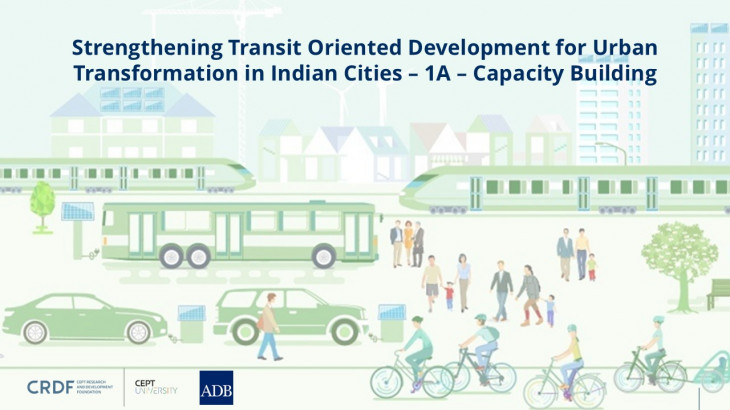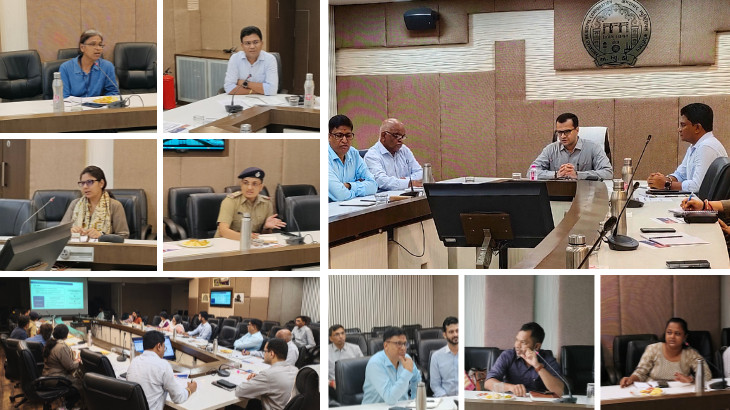
Planning Framework for Low Emission Zone (LEZ) in Core areas of Indian Cities

Project details
High Volume Transport Applied Research
2024-2025
Advisory Projects
CoE-UT
The Planning Framework for Low Emission Zone (LEZ) in Core Areas of Indian Cities project, supporting Ahmedabad Municipal Corporation (AMC), was undertaken by the CEPT Research and Development Foundation (CRDF) under the High-Volume Transport Applied Research Programme. The project is funded by the UK Foreign, Commonwealth & Development Office (FCDO). Low Emission Zones (LEZ) have been effective in many global cities in improving air quality by restricting vehicles in specific areas. However, its widespread adoption has not been observed in Asian cities. This project sets out to formulate a framework for planning and designing LEZs for core city areas in developing countries by using the case of the walled city of Ahmedabad.
The Walled City of Ahmedabad has a high density of population and employment and houses numerous activities such as retail shops and specific commodity markets leading to significant passenger and goods traffic movement. Air quality monitors have highlighted this place consistently exhibits the highest daily PM2.5 levels. In this regard, the project explored interventions for the core area with the support of stakeholders to formulate strategies and organise capacity-building programmes. To improve air quality and enhance urban mobility, the project recommends measures such as traffic management, improving accessibility for pedestrians and transit users, and enhancing public transportation. It also supports phasing out highly polluting vehicles, adoption of electric vehicles, and most importantly, communicating the measures with relevant stakeholders for awareness creation and securing their buy-in.
More Projects from CoE-UT

